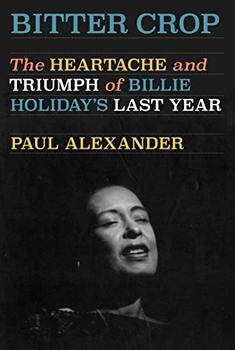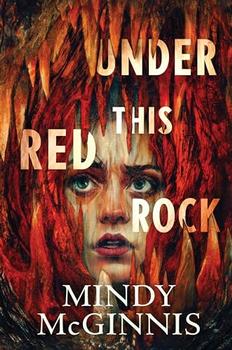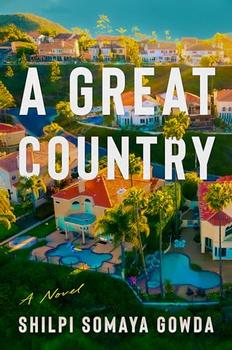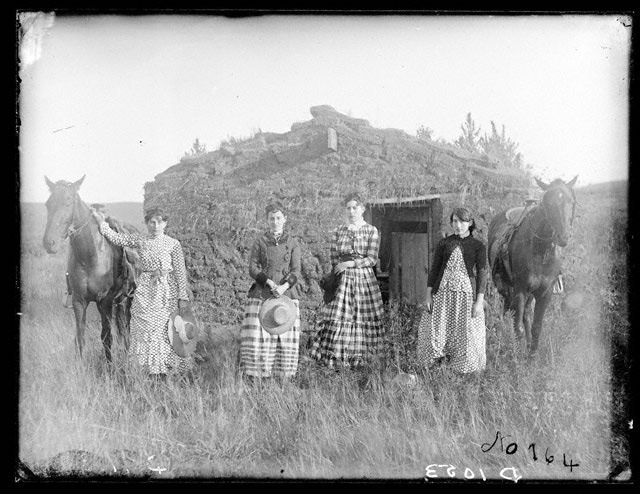 Where Coyotes Howl is set in the young and growing town of Wallace, Wyoming in 1916, following a couple named Ellen and Charlie's path as they set out to build a ranch on the High Plains. Author Sandra Dallas provides a slice-of-life picture of homesteading and ranching in Wyoming through the various characters. Many of Ellen's friends and neighbors are in different stages of settling their farms and ranches - with some scratching out a living subsistence farming while others have much more well-established farms and ranches.
Where Coyotes Howl is set in the young and growing town of Wallace, Wyoming in 1916, following a couple named Ellen and Charlie's path as they set out to build a ranch on the High Plains. Author Sandra Dallas provides a slice-of-life picture of homesteading and ranching in Wyoming through the various characters. Many of Ellen's friends and neighbors are in different stages of settling their farms and ranches - with some scratching out a living subsistence farming while others have much more well-established farms and ranches.
Life out West in the late 19th and early 20th centuries was extremely arduous due to the High Plains' low rainfall and extreme temperatures. Winters would give rise to sudden blizzards, with little to no visibility and below freezing temperatures, resulting in feet of snow that could trap people in their homes. One woman recalled a blizzard in 1888 where she was caught away from home at school and had to burn corn stalks and old chairs to stay warm. There was ...
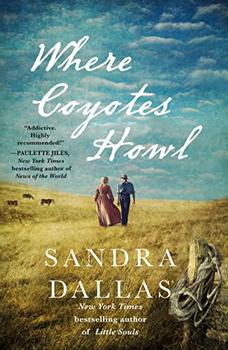
 Book Reviewed by:
Book Reviewed by:



